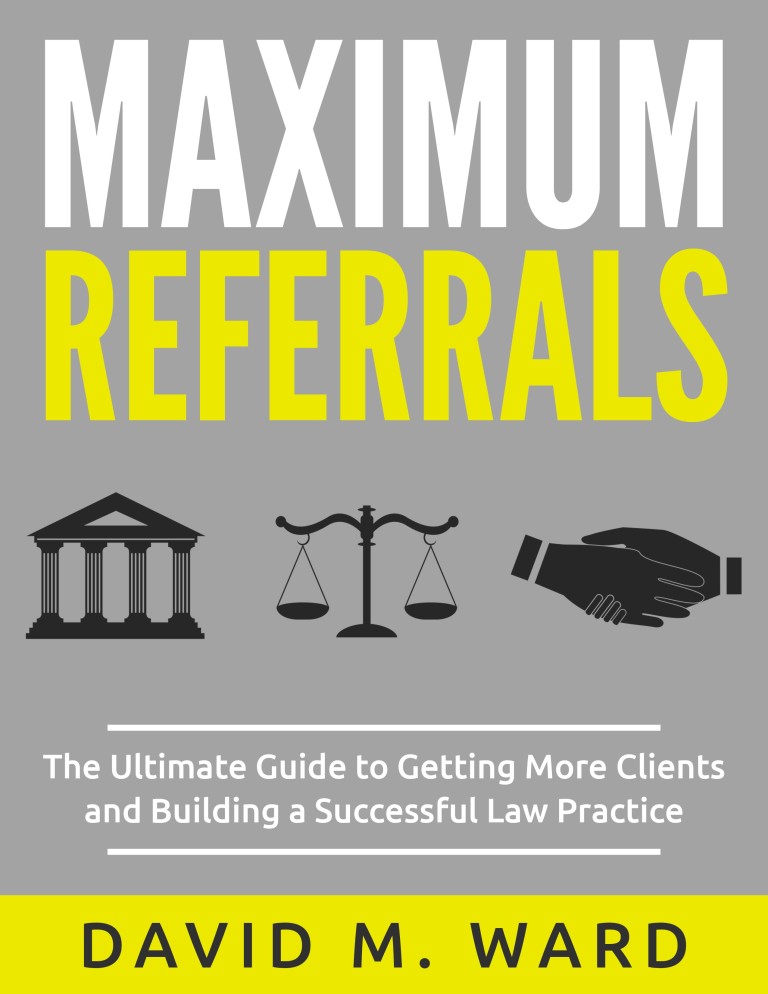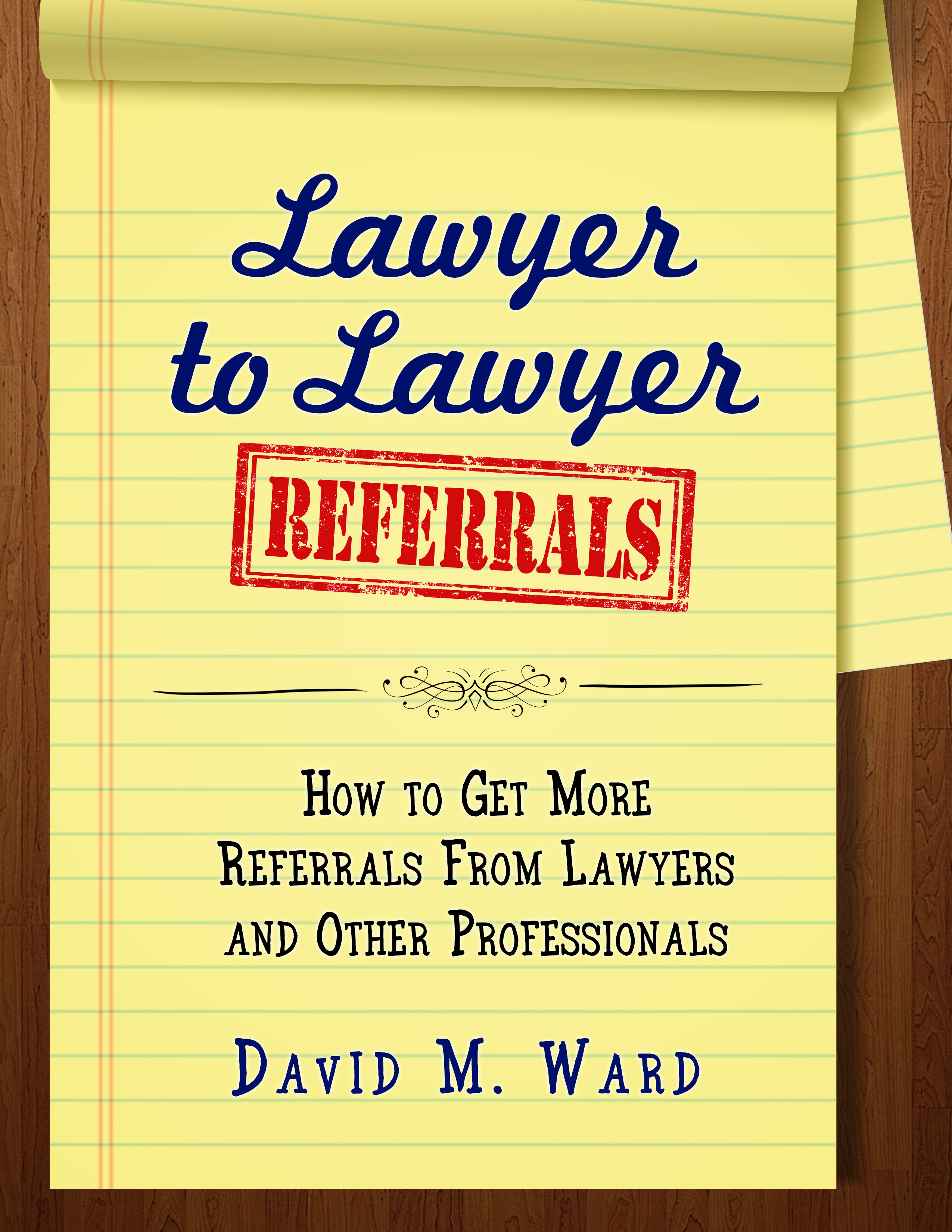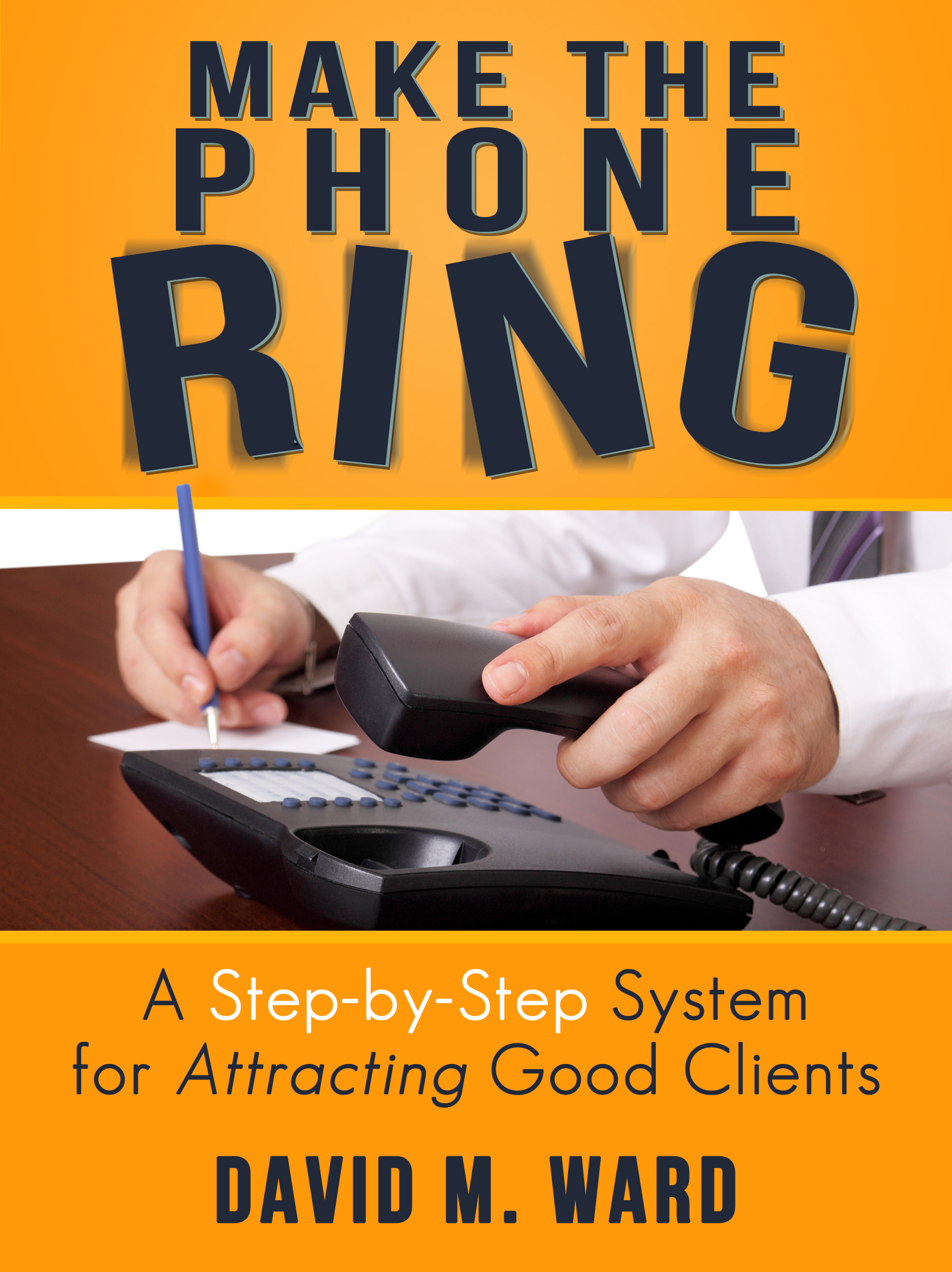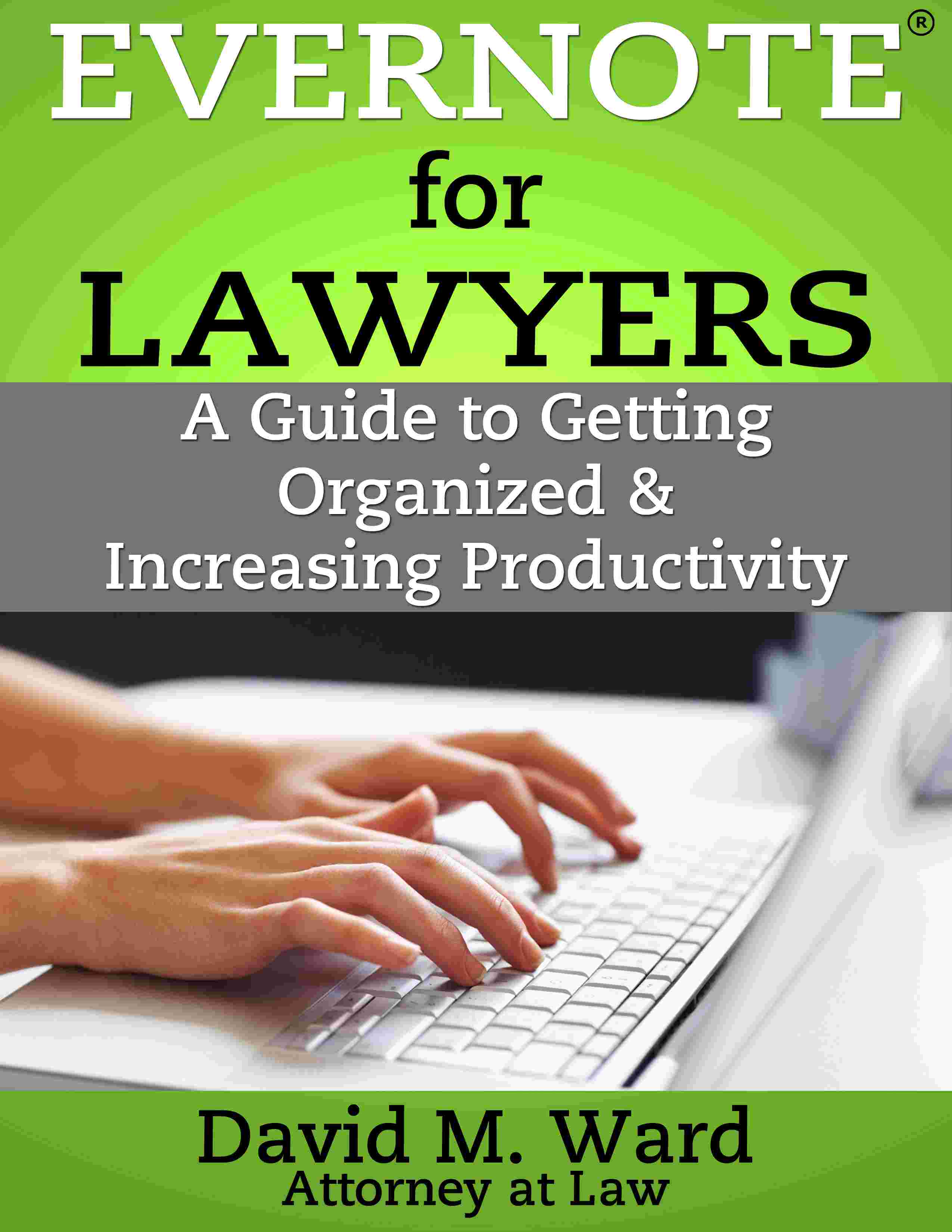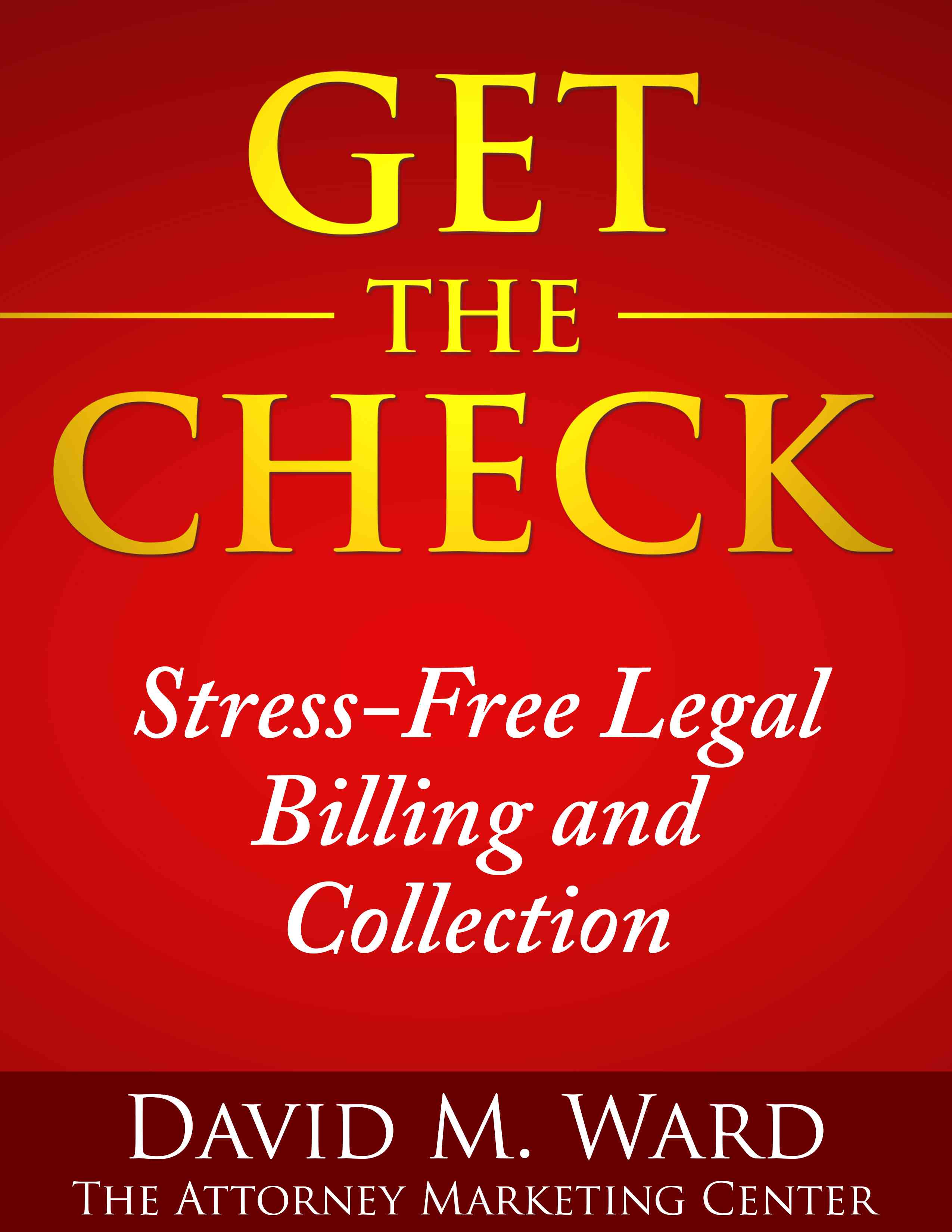I have another project for you for the new year. In a nutshell, you’re going to inventory everything you’ve written or recorded in the past so you can use it again.
It’s about leverage. Getting more value out of your previous work, and saving a bunch of time and effort in the process.
First, gather up the following and put them into digital files:
- Forms, documents, and other work product.
- Frequently used emails and letters.
- Content: articles, blog posts, newsletters, podcast, video, and interview transcripts, presentations, reports, ebooks, etc.
You might break up work product by practice area, type of matter, type of client, or stage of the proceeding. Instead of files, you can use tags or labels.
Calendar some time in the coming weeks to go through your files, and then:
- Update forms and documents. Create an index of these documents, with searchable tags.
- Convert emails and letters into boilerplate: transmittal, demands, notices, client updates, marketing, newsletters, etc.
Re-use, update, or re-purpose other content:
- Re-publish blog posts, newsletters, and articles. Or combine parts of several posts to create new ones.
- Convert blog posts, articles, podcasts, and interviews into ebooks, reports, presentations, social media posts, lead magnets (giveaways), and bonuses. Convert presentations, ebooks, reports, etc., into blog posts.
- Update older posts, etc., with new information, new results, different opinions, predictions, etc. Consolidate several posts into round-up posts. Break up longer posts into shorter ones.
- Modify marketing documents for use with different types of readers or markets
Do a little bit each week and you should soon find yourself saving time and getting better results.
You should also set up files to save copies of “incoming” content from other lawyers–documents, emails they sent you, (subscribe to their newsletters), forms they use (when you sub-in on a file), and so on. No, don’t plagiarize their stuff, use it for ideas for updating yours.
C’mon, you know they’re doing that with your stuff, don’t you?


